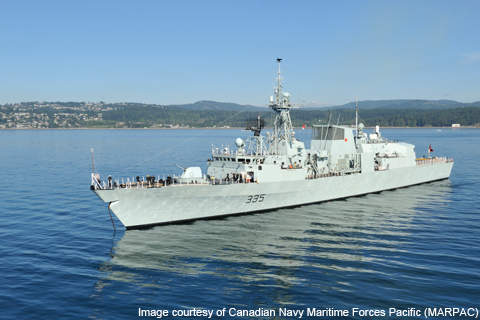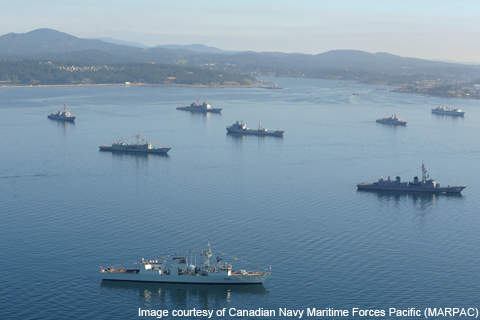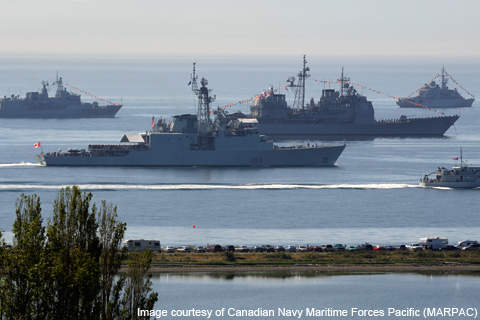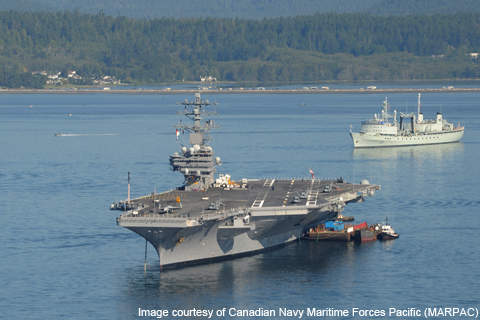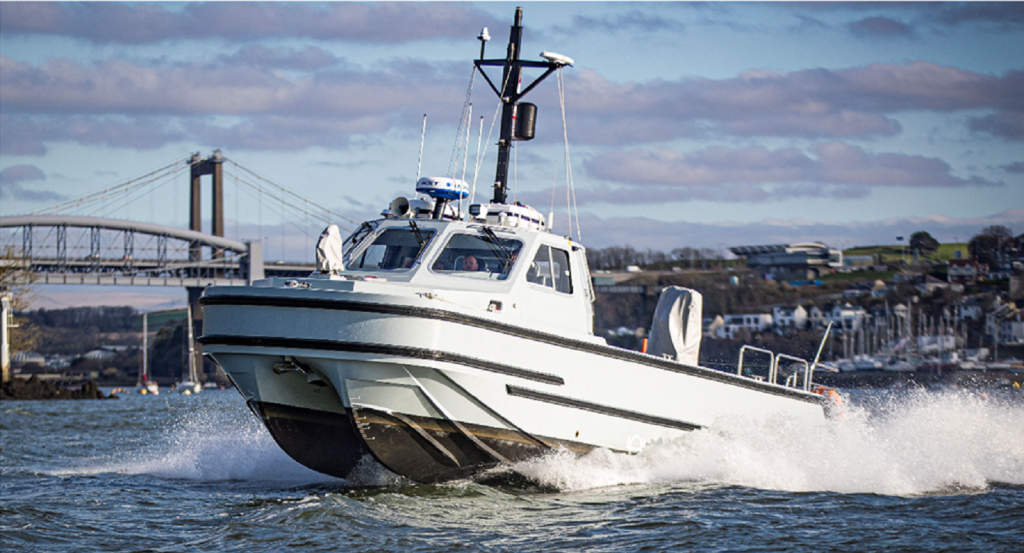Canadian Forces Base Esquimalt (CFB Esquimalt) is located west of Victoria in British Columbia. Established as a military installation by the Royal Navy in 1855, the base is home to the Canadian Navy Maritime Forces Pacific (MARPAC).
CFB Esquimalt includes 1,500 buildings spread over 23 sites on an area of about 5,000ha. The units within the base employ over 4,100 regular and reserve military forces and around 2,500 civilian personnel.
Located at the southern tip of Vancouver Island, Esquimalt is linked to the Strait of Juan de Fuca by a narrow channel, Royal Roads. The base is divided into three main areas.
The dockyard is the largest area and is located at the end of the Esquimalt Road, about 7km from downtown. The second largest section, Naden, is approximately 2km from the Dockyard. The third area is Work Point, which can be found about 2km from Naden.
Esquimalt port history
The naval port at Esquimalt Harbour was christened in 1848. Permanent shore facilities were created in 1855 by the UK forces. The Royal Navy established an alternate base at Esquimalt in 1865 and in 1876 the first major construction began: the Royal Navy graving dock. Built for the Royal Navy’s largest ships, the facility received its first vessel, HMS Cormorant, in July 1887. The graving dock helped to strengthen the navy’s capabilities in the Pacific region.
The dockyard built 94 ships in the first seven years after its construction. During the late 19th century, UK forces decided to hand over the base to Canada due to high maintenance costs. The Royal Navy Pacific Command was formally terminated in March 1905 and the base was officially transferred to Canada in 1910.
The larger Esquimalt Graving Dock (EGD) was built by the Federal Government in 1924 and was closed in 1945. CFB Esquimalt came into existence in April 1966 under the programme to integrate the navy, army and air force into the Canadian Forces.
Naval base operations
The base provides support services to all vessels and personnel of MARPAC and Joint Task Force Pacific (JTF Pacific). MARPAC is responsible for maintaining multipurpose, combat-capable maritime forces, while JTF Pacific monitors the defence and civil support operations within the Pacific region.
CFB Esquimalt is home to the Canadian Pacific Fleet, including five Halifax Class frigates, six Kingston Class maritime coastal defence vessels, an Iroquois Class air defence command and control destroyer, a Protecteur Class auxiliary oil replenishment, a Victoria Class submarine, eight Orca Class patrol craft training vessels and a fleet sail training vessel.
Garrison facilities
CFB Esquimalt facilities include Naden, HMC Dockyard Esquimalt, EGD and Fleet Maintenance Facility Cape Breton. The majority of the berthing and support facilities are located in the dockyard. The naval vessels use six designated anchor berths, namely A, B, C, D, E and F. Eight jetties and a series of sectioned concrete floats are also available.
The base features a new submarine maintenance facility hangar to service Canada’s submarine fleet. The dry dock basin, which extends eastward by 100ft, facilitates the regular refit of vessels. EGD is equipped with three heavy-lift travelling cranes.
Other base facilities
Naden is home to the Canadian Forces Fleet School, Learning and Career Centre and single quarters for members. Some residential housing units (formerly known as private married quarters) are situated near the entrance to the dockyard.
Other facilities include the base orderly room, the base personnel support office, the base chaplain’s office and military police. CFB Esquimalt also includes the Albert Head training area, which offers training to regular and reserve forces.
The future for Esquimalt
In February 2011, Prime Minister of Canada Stephen Harper announced a new $155m helicopter facility for 443 Maritime Helicopter Squadron at CFB Esquimalt. The new 19,668m² facility will replace the existing hangar and house nine new CH-148 Cyclone helicopters that will be inducted in early 2014. Construction is scheduled to conclude by the end of 2014.
In February 2011, the Canadian Government awarded Ledcor Construction a $3.8m contract to construct phase four of the new Canadian towed array sonar system (CANTASS) work cell at CFB Esquimalt. CANTASS is operated by the Canadian patrol frigates and destroyers.

